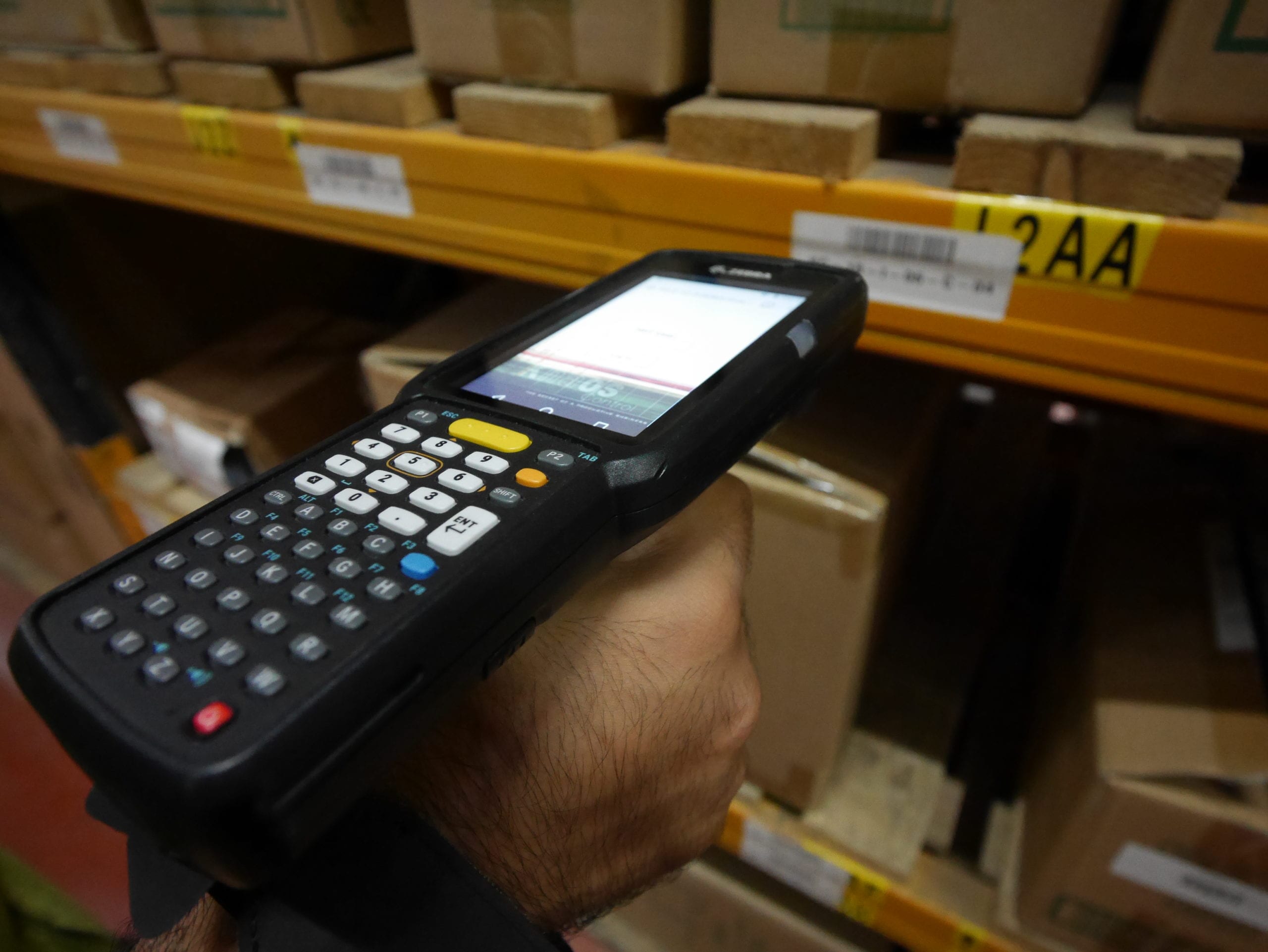
Emails have become one of the most well-received forms of marketing. Utilising email as an e-commerce retailer has become practically essential. From communicating about product updates to sending return labels, emails are the tool you need to use.
Today, we wanted to run over the basics of emails in your supply chain, and how we as a 3PL provider can help and integrate with your system.
WHEN TO USE EMAILS
You can use emails in your order update process, customer retention comms and more. Emails don’t just have to be for communicating between you and your colleagues, they’re great for updating your customers.
For example, you could send an email letting a customer know that their order has been processed, sent out and then shipping details. These emails are sometimes neglected but adding in small elements of personalisation can help them to perform better.
Emails can also be used to help post-purchase reviews and feedback. They can help you to make your warehouse provider work more efficiently for you and improve customer retention. Most providers such as WooCommerce, Shopify and others have email templates that can help you out and Bray has the ability to link into major providers, to make your emails work harder for you.
SECURING YOUR EMAILS
Bob Sampson, our Head of IT said this “Email is one area in which this balance is the hardest sought. Finding an organisation these days that does not rely on email is near impossible, but with that heavy reliance comes the unsurprising fact that email remains the most common attack vector used to compromise a business. Therefore, email security is a perfect example of a subsystem that needs to offer both user functionality and network security in equal measure.
Email integrity can be gained by control of two main aspects, verification of the contents and verification of the sender. Checking the content of an email is somewhat obvious in its goal, to make sure that any attachment is virus free and any links are safe and not redirecting to a compromised site. However, proof of the sender is increasingly important as attacks try to impersonate key employees or known suppliers and make requests of the recipient. Common examples are emails purporting to be from a supplier notifying the recipient of a new bank account to send payments too, or an internal email from a senior executive asking someone in accounts to make an urgent payment to an account without making anyone else aware.
Sender verification is an area often overlooked by many organisations, yet it is cheaply and easily implemented. There are a few key mechanisms used to secure this aspect that is worth understanding as it benefits both the sender and the receiver. If widely adopted, they can virtually eliminate concerns surrounding sender authenticity.”
WANT SOME STATS TO BACK UP WHAT WE’RE SAYING?
Email is a hugely powerful tool. Out of all abandoned cart email sent, 45% are opened, 21 percent receive clicks where shoppers will go back and check out what they left in their shopping cart. And of the subscribers who click-through, 50 percent of them will ultimately make a purchase.
The reason Bob recommends email security so highly? According to Verizon, phishing is one of the top threat action variety in data breaches, with 22 percent of data breaches involving phishing.







We integrate with a number of different systems.
Get in touch to find out how we can help.